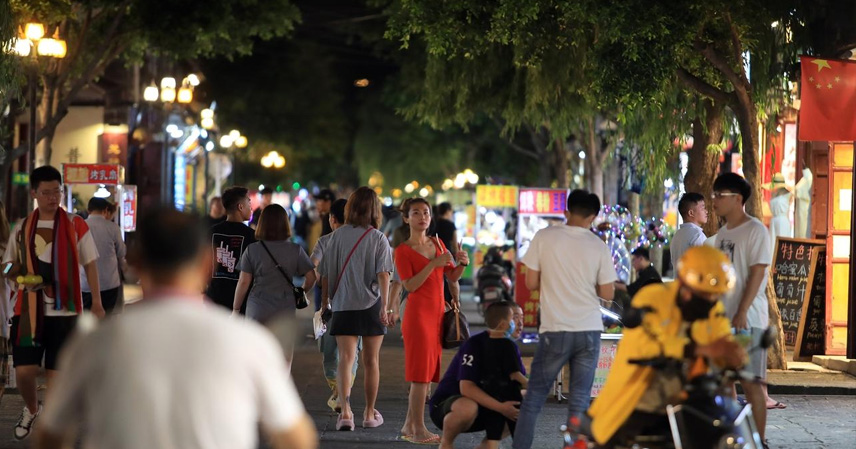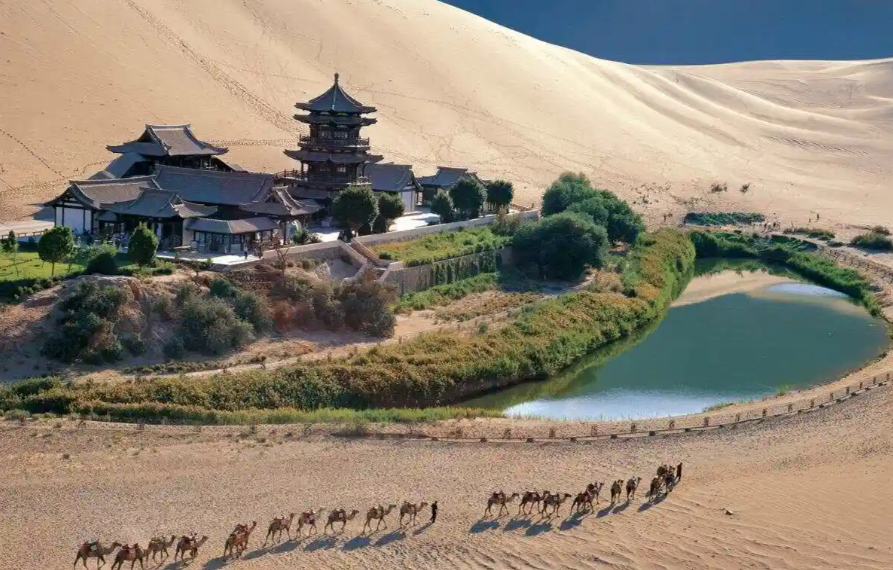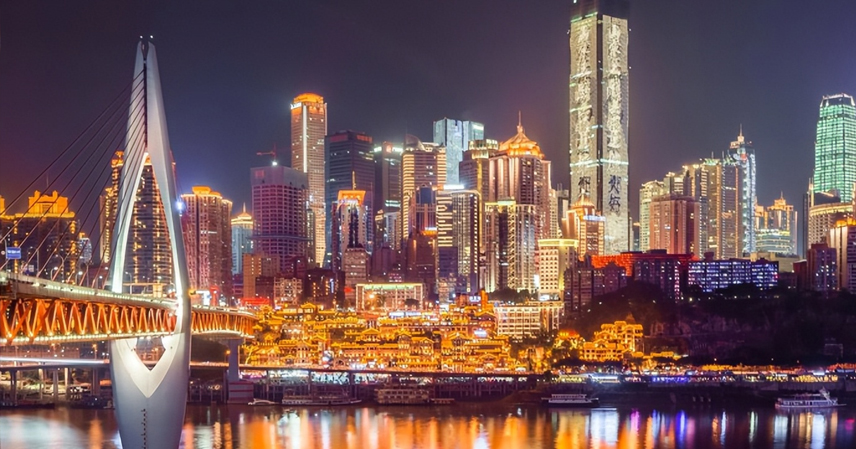Social media paints Chongqing as a dazzling montage of Hongyadong’s neon cliffs and the surreal sight of a light rail piercing through buildings. But as a Hunan native who recently visited, I found those snapshots are half-truths wrapped in candy coating. Chongqing isn’t just the polished postcard—it’s far more complex, raw, and real than any filtered photo.
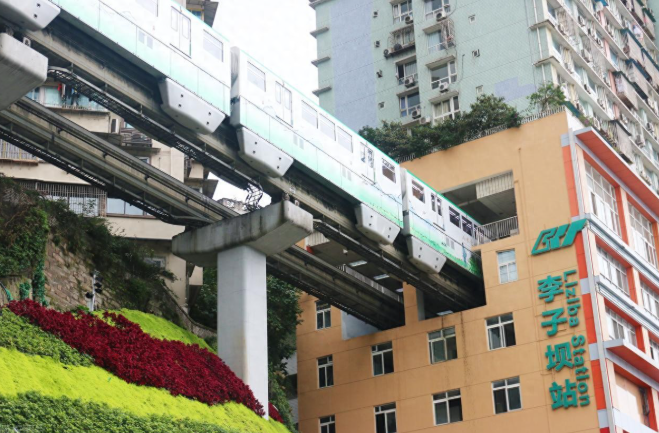
Standing at Jiefangbei, skyscrapers loom above while overpasses snake below like urban fissures—you might wonder if you’ve wandered into the wrong movie set.
A Terrain Like No Other
Coming from Hunan, where Changsha’s flat plains and gentle hills make for easy strolling, Chongqing’s topographical rollercoaster was a shock. A 500-meter walk on a map turns into a “mini-Huashan” climb. Elevators feel like blessings; without them, you’re left panting up endless stairs. Locals jokingly call it an “eight-dimensional Rubik’s Cube,” and I felt it—every step tests your legs, every turn your heart. Social media skips this sweaty reality.
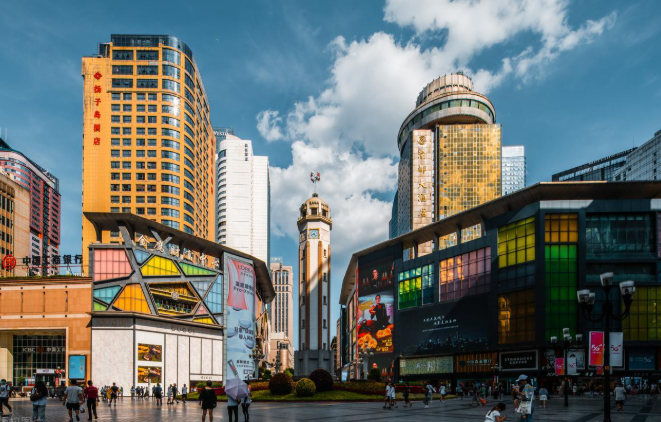
Spicy Souls, Different Flavors
Hunan’s spice is crisp and vibrant—think chopped chili peppers or stir-fried pork, sharp with a sweet undertone. Chongqing’s spice is a scorching inferno. My first hotpot was a humbling ordeal: red oil engulfed my senses, tears and sweat flowed, and breathing felt like inhaling fire. The restaurant boss, watching me gulp ice jelly, grinned: “Hunan’s spice is a quick blade; Chongqing’s is a sea of fire.” That summed up the cities’ spirits—Hunan’s spice is a fleeting breeze, Chongqing’s a blazing furnace.
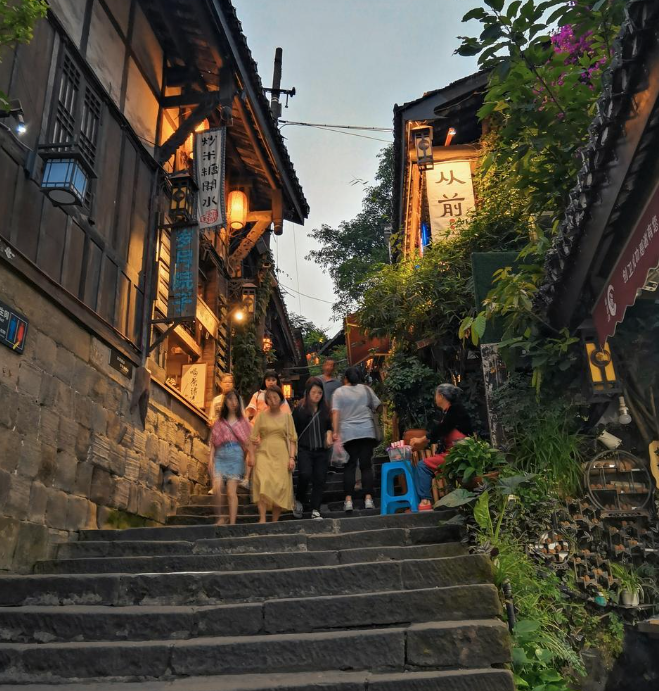
Nightlife with a Twist
Changsha’s nights pulse with youthful energy—crowded bars and snack stalls buzzing with life. Chongqing’s nightlife has a different flavor. Hongyadong swarms with tourists, but I was drawn to Nanbin Road’s damp river breeze and 2 a.m. alleyway maoxuewang stalls. Hunan’s nights are restless and bold; Chongqing’s blend fiery vibrancy with the laid-back ease of uncles and aunties, exuding a 江湖 (jianghu) vibe—a mix of grit and warmth.
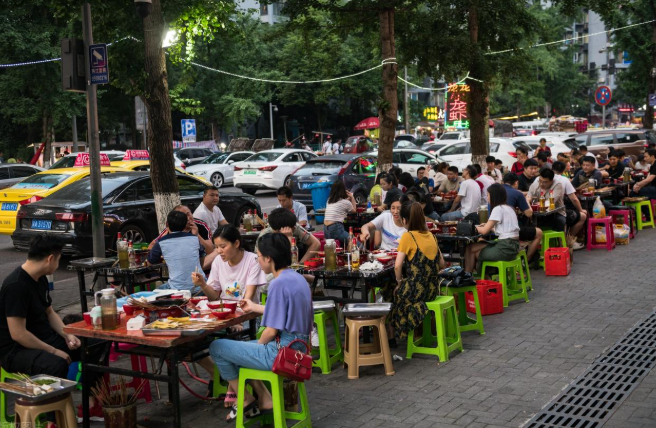
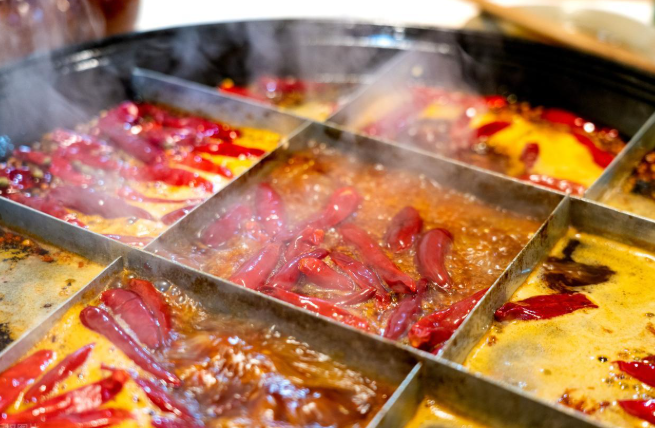
Human Connections
Hunan folks are blunt and chatty, sometimes with a brash edge. Chongqing’s directness carries a warmth under the spice. On a packed bus, sweating buckets, a local auntie shoved her fan into my hand: “Use it, it’s too hot!” No performance, just instinctive kindness. Hunan’s quick-witted banter hits fast; Chongqing hands you tangible comfort.
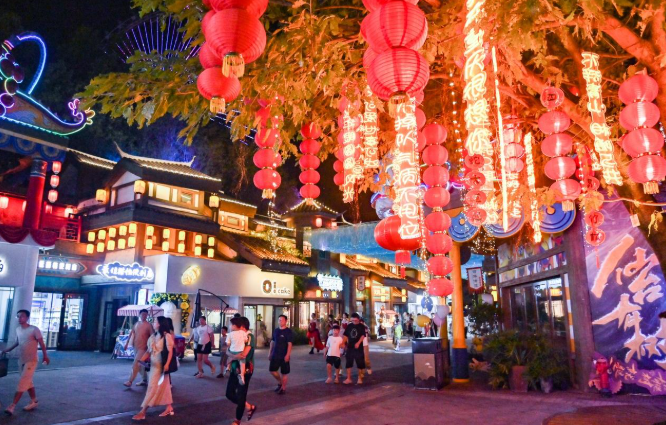
The Discomforts Are Real
Hunan’s summer heat is brutal but dry. Chongqing’s humid heat clings like fog, leaving you drenched in minutes. One day at Ciqikou Ancient Street, a steep climb was followed by a torrential downpour, soaking my shoes to a squelching mess. Yet, that soggy embarrassment became a cherished travel memory—something social media’s glossy shots can’t capture.
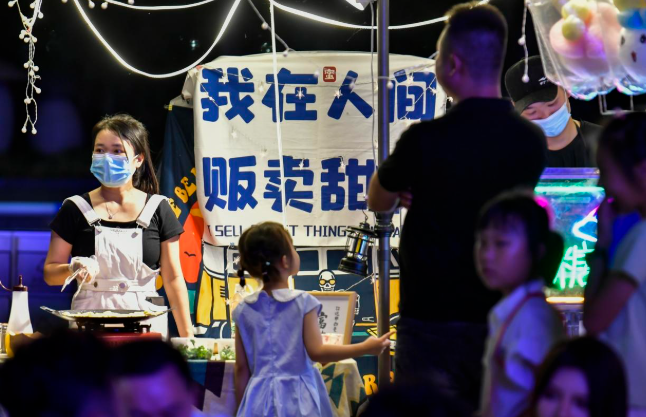
Back in Hunan, scrolling through friends’ posts of Hongyadong, light rails, and river views, I see the beauty. But I know better. Chongqing’s true essence lies in midnight hotpot dives, breathless stair climbs, and a stranger’s fan. It doesn’t cater to you—it demands you adapt, then rewards you with raw authenticity.
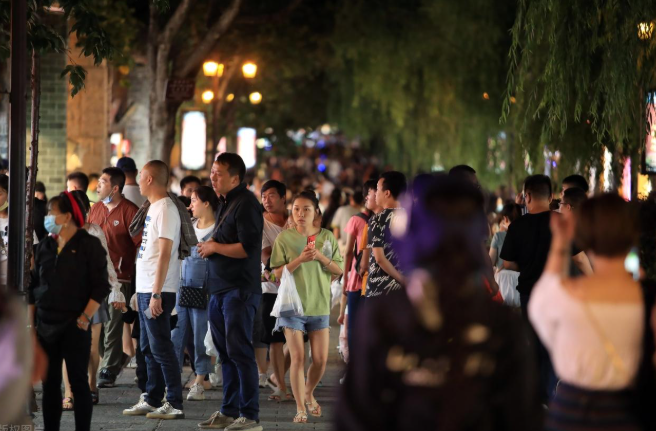
So, are social media posts lying? Yes and no. They distill a city into a single frame, missing its depth, but they don’t fake Chongqing’s vibrancy. To get it, you need to smell the hotpot, climb the steps, and chat with locals. Travel’s magic isn’t in photos—it’s in moments only you can feel.
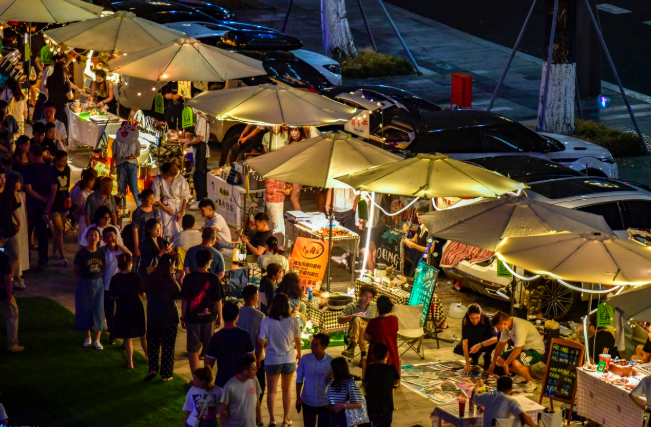
Hunan’s spice is a breeze that carries you away; Chongqing’s is a fire that keeps you rooted.

